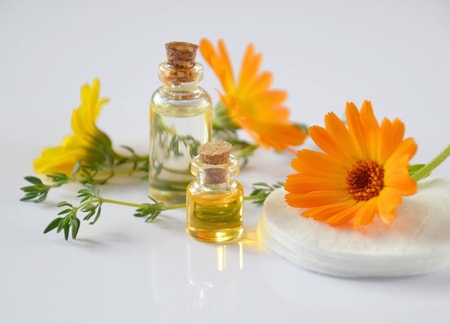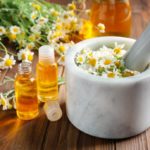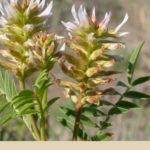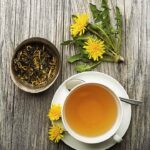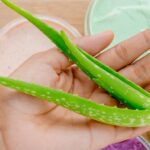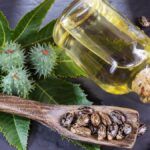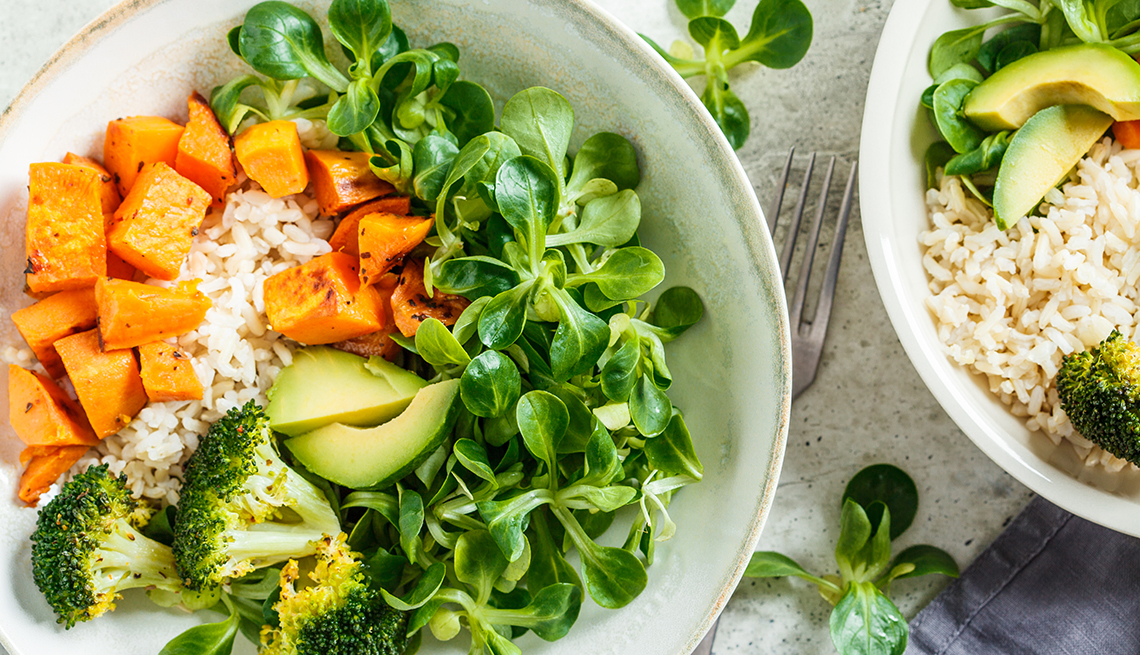Calendula Uses and Benefits
Some of the amazing calendula uses include normalizing menstruation and healing wounds. As one of the plants for sexual organs, it is an example of how beauty and usefulness can go hand in hand.
When the morning sun is out, its flowers open displaying their wonderful colours, when the sun sets, they close until next morning. This wonderful plant has been recommended for jaundice and gall bladder disorders.

Calendula is an herbaceous plant that belongs to the Compositae family. It grows from 30 to 50cm in height. The leaves are elongated, toothed and with exuberant orange or yellow flowers. The part of the plant considered in terms of calendula uses is the flowers. Properties of calendula remain;
- Vulnerary
- Antispasmodic
- Diaphoretic
- Astringent
This medicinal herb affect the blood and skin.
Properties of Calendula
Calendula flowers contain the following:
- Carotenoid (Provitamin A)
- Calendine (a bitter component)
- Saponins
- Essential oil
- Flavonoids
- Resins
- Salicylic acid
The combination of these substances turn the flowers into a wonderful remedy. The following are some of the calendula properties:
Choleretic
Calendula facilitates bile production on the liver and therefore recommended for liver congestion or insufficiency. This is one of the calendula uses.
Anti-inflammatory
Calendula is antiseptic and enriched with healing properties. For its vulnerary property, it is one of the most outstanding. In essence, calendula uses here include;
- For healing bruises and wounds. It also facilitates wound healing when applied locally. Calendula uses are quite effective for furuncles, eczema and burns.
Menstrual regulator
As a result of its emmanagogue properties and when excessive bleeding occurs, it is quite useful for both the above mentioned and for scanty menstruation. On calendula uses, it can be used to ease the pain caused by menstruation.
This is because it combats painful spasm and due to its mild sedative properties. It should be taken from one week before the period of menstruation until it the end of the period.
Anti-ulceration
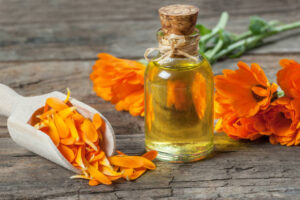
Calendula is used to treat stomach and duodenal ulcers. It displays more intense effects when taken with speedwell and nettle.
As a result of its anti-inflammatory and healing properties, it is quite effective for stomach inflammation (gastritis), vomiting and gastroenteritis.
Wart Remover
One of the calendula uses is that it can be used to remove wart. When applied locally, it makes viral wart of the skin disappear. It is the effect of salicylic acid that brings about this action.
Emollient
It is skin soothing. Calendula essential oil is used in soothing and hydrating the skin. Thus, it is recommended for dry or delicate skin. Calendula oil and cream are good for treating eczema and burns.
Amazing Calendula Uses
The following are the calendula uses known.
- It is a salve for bleeding, sore hemorrhoids and wounds
- It reduces inflammation and soothes the skin
- Internally, it is used as a warm infusion to treat ulcers, cramps, fevers and eruptive skin diseases.
- Calendula uses can be seen in application for a nasal wash for sinus problems.
- The flavor infusion can be used to treat gastro-intestinal problems such as stomach cramps, ulcers, diarrhea and colitis.
- Calendula tincture helps menstrual difficulties and gastritis. It is also helps for vaginal infection, cramps and ulcers.
- An infusion is used in treating measles and smallpox. Through internal application, calendula uses include the following.
- Calendula with oil can be used to promote mending and hearing of wounds
- Diluted tincture is good for bruises, pulled muscles, sores, sprains and boils.
- To remove wart, rub on the fresh juice
- It is good for bee stings and skin ulcers.
Preparation and Uses:
- Infusion: 1 – 2 flowers per cup of water, drink 2 or 3 cups daily. Add honey to sweeten
- Poultices with fresh flowers petals applied wrapped on a fine cotton cloth
- Compresses and bath with a decoction prepared with 2 handful of flowers per liter of water. Apply on the affected skin area.
- Oil is directly applied on the skin but can be used on bath water for soothing effects
- Lotion with fresh juice of flowers, applied on the affected skin area.
Benefits of Eating Strawberries
Benefits of Eating Pomegranate

A graduate of Computer Science and Information Management Technology. Diploma – Caregiving, Certificates – Dementia and Diabetes Awareness and Management. A researcher, blogger, songwriter, singer and acoustic guitarist. Born in an environment where natural talents such as healing are imparted at our natural birth. This natural talents of healing is the result of our genetic inheritance and the training from family environment.







